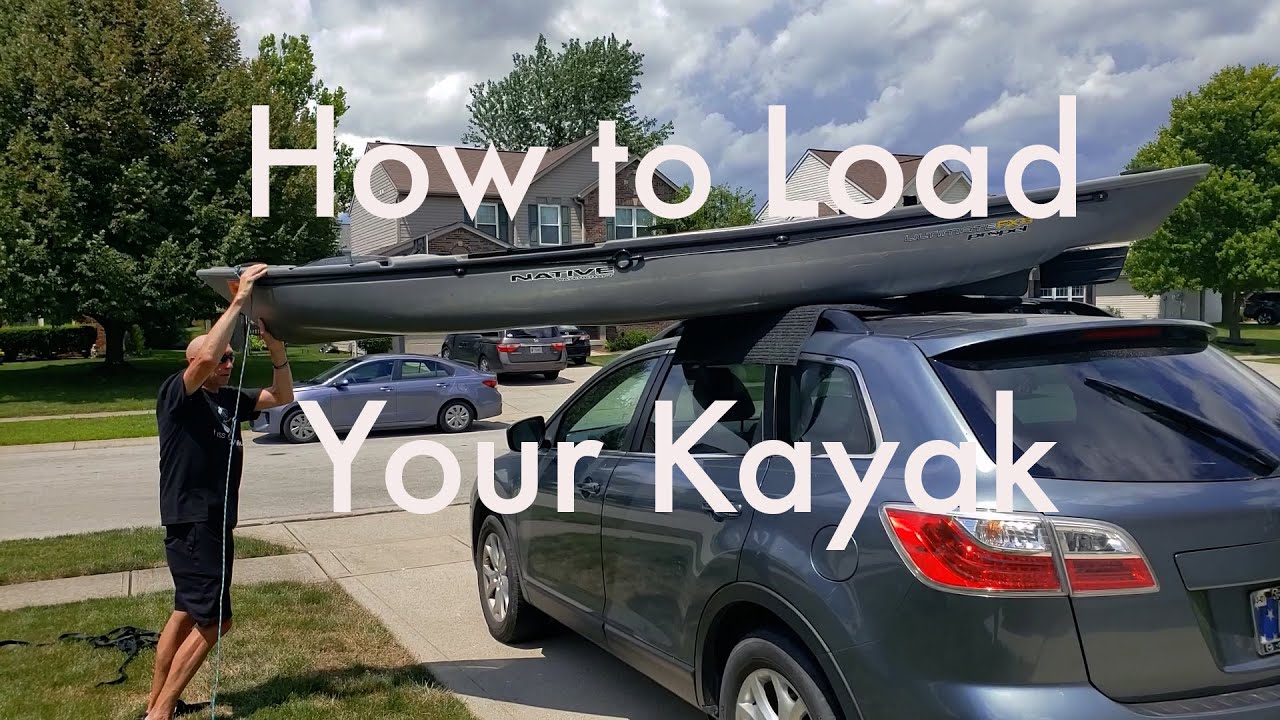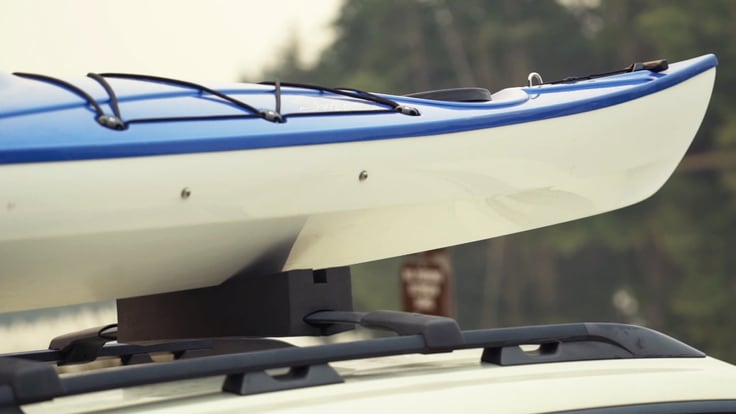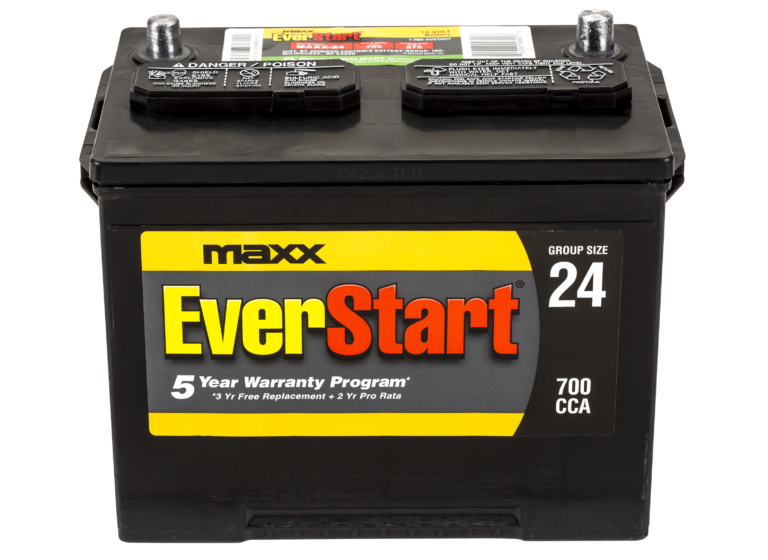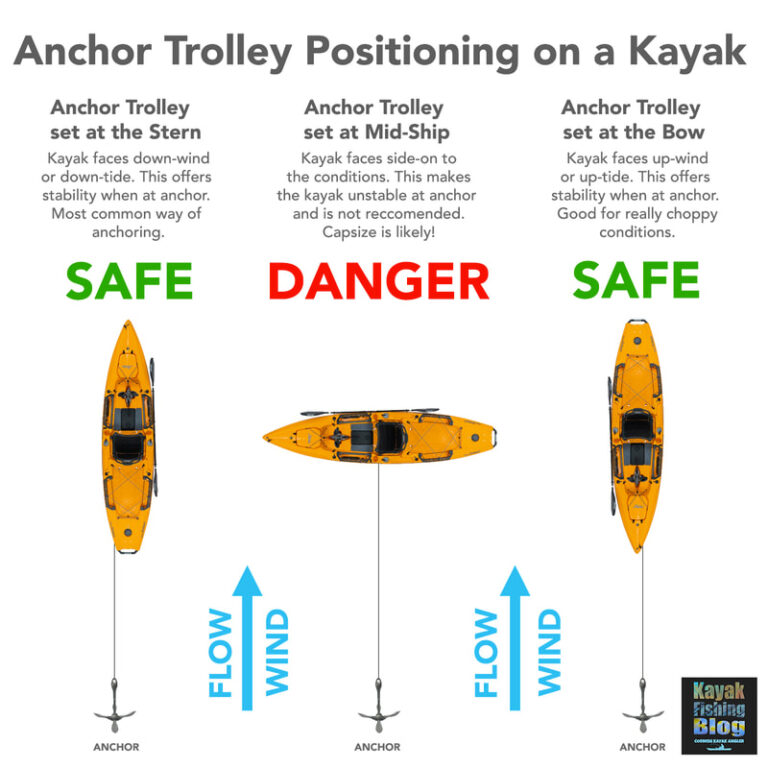How to Put a Kayak on a Car

To put a kayak on a car, first ensure you have a roof rack or foam blocks for support. Then carefully lift and position the kayak onto the rack or blocks, securing it with straps.
Transporting a kayak requires careful preparation and the right equipment to ensure safety on the road. Whether you’re heading for tranquil waters or braving wild rapids, getting your kayak to your destination is the first step in your aquatic adventure.
Mounting a kayak on a car doesn’t have to be complicated. It involves a set of straightforward steps that protect both your vehicle and your vessel from damage. Most importantly, securing the kayak properly is critical to prevent accidents while driving. With the right tools and a bit of know-how, you can easily transport your kayak to wherever your paddling pursuits may lead.

Credit: www.rei.com
Choosing The Right Equipment
Choosing the right equipment is a crucial step for safely transporting your kayak. There are distinct types of kayak carriers, each fitting different car models and kayak styles. Carriers typically fall into these categories: saddle, j-cradle, stackers, and temporary pads. Knowing your car’s compatibility and assessing the kayak size will help pick the best type.
After choosing a carrier, the focus shifts to securing the kayak. Use strong straps to fasten the kayak’s body to the carrier. Ensure straps pass through the kayak’s built-in attachment points to prevent sliding. For additional safety, attach bow and stern lines. These lines tie the kayak’s front and back to the car’s towing eyes. Done right, it will keep the kayak steady on all your travels.
Prepping The Kayak And Car
Clean your car’s roof before placing a kayak on it. Dirt and debris may damage both car and kayak. Use soapy water and a soft cloth for cleaning. Ensure the roof is completely dry before proceeding. Cleaning prevents scratches and ensures a safe load.
To protect the kayak’s hull, use padding or a roof rack. Foam blocks or inflatable pads are good options. They provide a cushion between the kayak and the vehicle. This avoids pressure points that could deform the hull. Make sure the protection is secured firmly to the roof to prevent slipping during transport.
Mounting The Kayak Carrier
Mounting the kayak carrier starts with attaching the base rack system to your car. Ensure the rack fits your car model. Secure the rack with the provided straps or clips. Double-check to ensure it’s tight and secure.
Next, install the kayak cradles or saddles. Place them on the base rack, following the manufacturer’s instructions. Align them properly to hold your kayak steady during transport. Ensure these attachments are well-spaced and facing the correct direction.
| Step | Description |
|---|---|
| 1 | Fit the base rack onto your car roof. |
| 2 | Use straps/clips to secure the base rack. |
| 3 | Place and align kayak cradles/saddles. |
| 4 | Check every part is fixed tight. |

Credit: www.youtube.com
Loading The Kayak Onto The Car
Lifting a kayak onto a car can seem daunting, especially if you’re alone. But fear not! For a solo mission, position the kayak perpendicular to your car. Place the stern on the ground with the bow pointing to the sky. Then, lift the bow onto the carrier first, holding the stern. Walk your hands down the kayak’s body to help glide it onto the carrier.
For those with a buddy, each person grabs an end. Count to three and lift together. Raise the kayak waist-high, then smoothly hoist it onto the carrier. Communication is key between both lifters.
Aligning the kayak is your next step. Center it on the carrier and ensure it sits evenly. Straps should secure the kayak firmly without squishing it.
After placement, check the kayak’s stability. If it wiggles, reposition and tighten as needed. Always double-check that all tie-downs are secure before hitting the road.
Securing The Kayak For Transportation
Securing your kayak on a car is crucial for safety. First, place the kayak on the roof rack. Make sure it’s centered. Use cam straps over the kayak’s hull. Loop them around the roof rack crossbars.
Tighten the straps by pulling the free ends. Be careful not to overtighten, as this can damage your kayak. It’s best to keep the straps firm, assuring the kayak doesn’t move.
Check the buckles on the straps. They must be closed and locked properly. Use bows and stern tie-downs for extra security. These connect the kayak’s front and back to your car’s tow hooks. Repeat on both ends.
Do a final walk-around your car. Gently shake the kayak to make sure it doesn’t shift. All connection points should stay still. If the kayak moves, recheck and adjust the straps before you hit the road.
Safety And Legal Considerations
Before setting out with your kayak, it’s critical to know the laws for your area. Different places have specific rules about transport. Make sure your vehicle follows size restrictions and uses the right kayak carriers. Securing the load is a legal requirement, to prevent accidents. Always double-check that both the kayak and rack are tightly fastened and do not obstruct your view.
For a safer journey, perform a thorough safety check. Ensure the kayak does not extend too far from the car’s front or rear. All straps and ropes must be free of damage and firmly attached. Signal lights and number plates should be clearly visible. Finally, give your setup a gentle shake to test stability before driving off.
Unloading And Post-transport Care
Safely removing your kayak from the car requires care. Gently place the kayak on the ground. Ensure not to drag the kayak, as it can cause damage. Using the buddy system makes this easier and prevents injury. Always lift with your legs, not your back.
For storing equipment post trip, cleanliness and dryness are paramount. Rinse paddles and accessories with fresh water and dry them before storage. This prevents rust and mildew growth. Store the kayak in a cool, dry place out of direct sunlight. This helps in maintaining its shape and durability.

Credit: www.rei.com
Frequently Asked Questions Of How To Put A Kayak On A Car
How Do You Put A Kayak On A Car By Yourself?
Deploy foam blocks or a kayak rack onto your car roof. Lift the kayak’s front onto the vehicle, using a towel to protect the car. Push the kayak up from the rear, centering it on the rack. Secure with straps through the car doors or windows, ensuring a snug fit.
Can You Strap A Kayak To A Car?
Yes, you can strap a kayak to a car using a roof rack and secure tie-downs to ensure stability during transportation.
How Do You Secure A Kayak Without A Roof Rack?
Secure a kayak without a roof rack by using foam blocks or pool noodles as buffers. Position the kayak on top of the car, tie it securely using non-stretch, strong straps through the car doors or windows, and fasten the bow and stern to the car’s bumpers for extra stability.
How Fast Can You Drive With A Kayak On The Roof?
Drive at highway speeds up to 70 mph with a roof-mounted kayak, ensuring the kayak is securely tied down and local speed limits are respected. Always prioritize safety and adjust your speed according to road conditions.
Conclusion
Securing your kayak properly is crucial for safe transport. With the right technique and equipment, you’ll master the process effortlessly. Remember, always double-check attachments and use safety lines for extra security. Your next adventure awaits, confident in the knowledge that your kayak is set for the journey.
Happy paddling!





